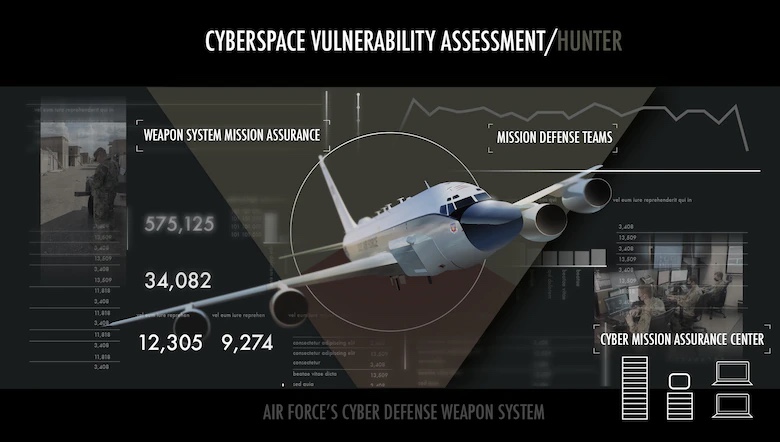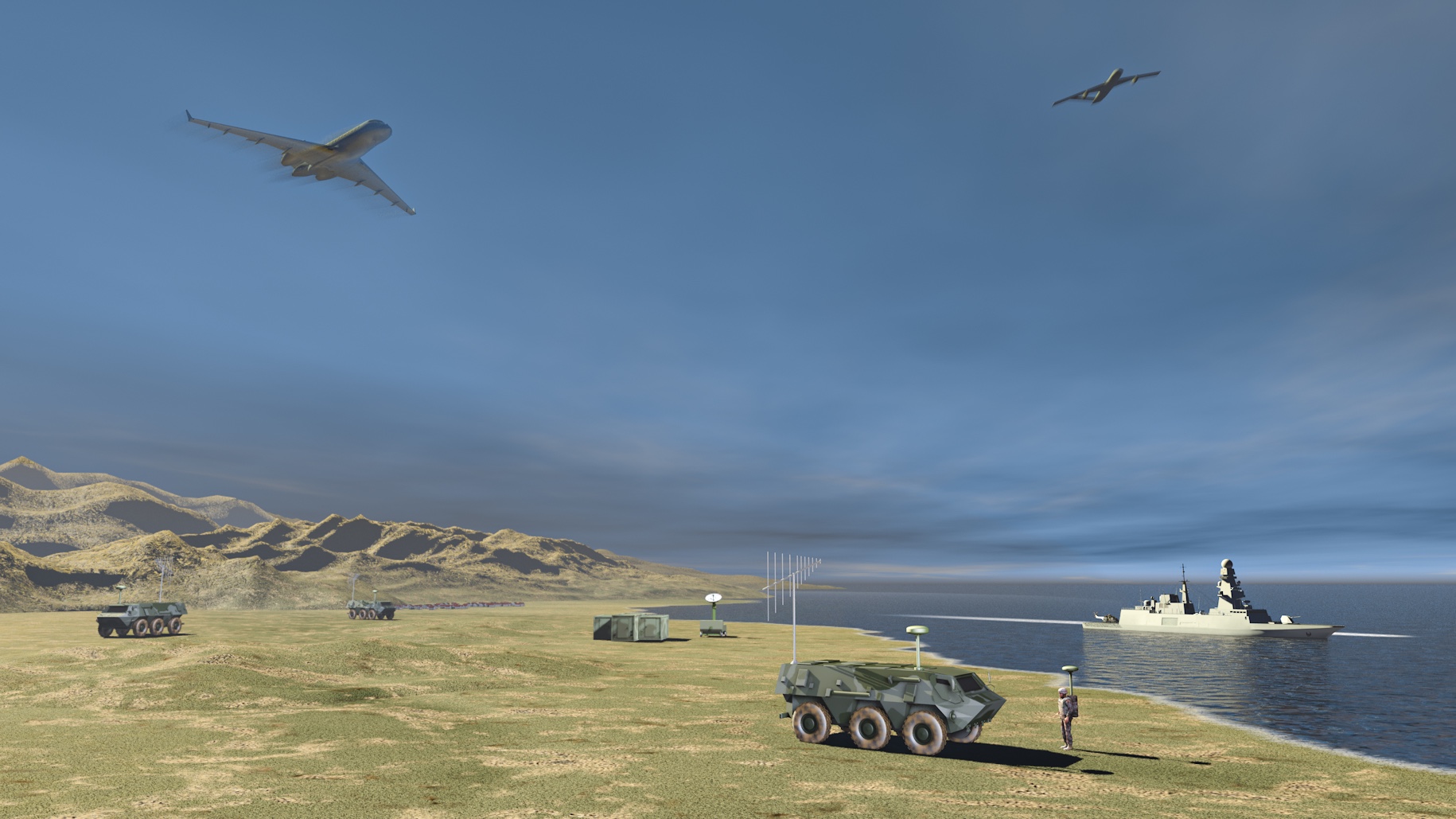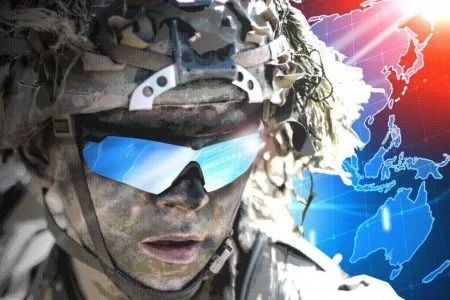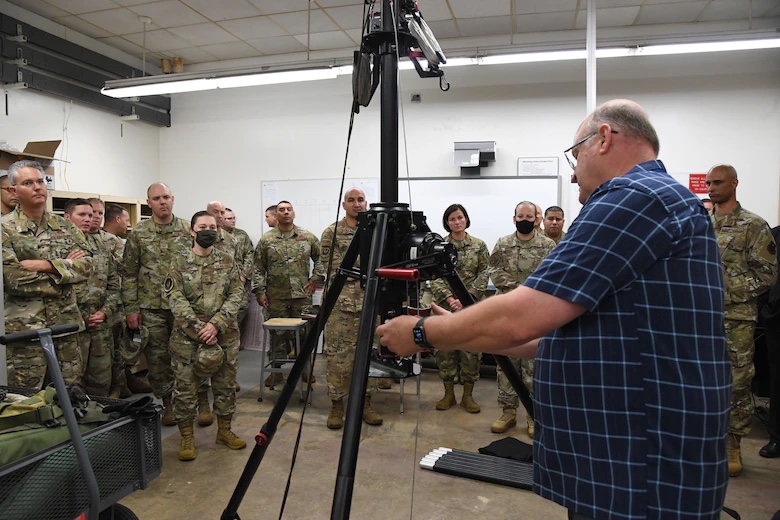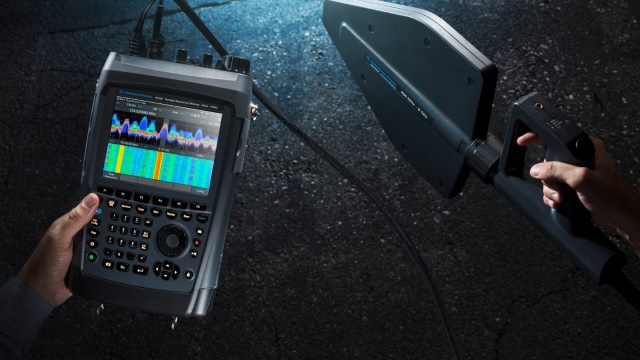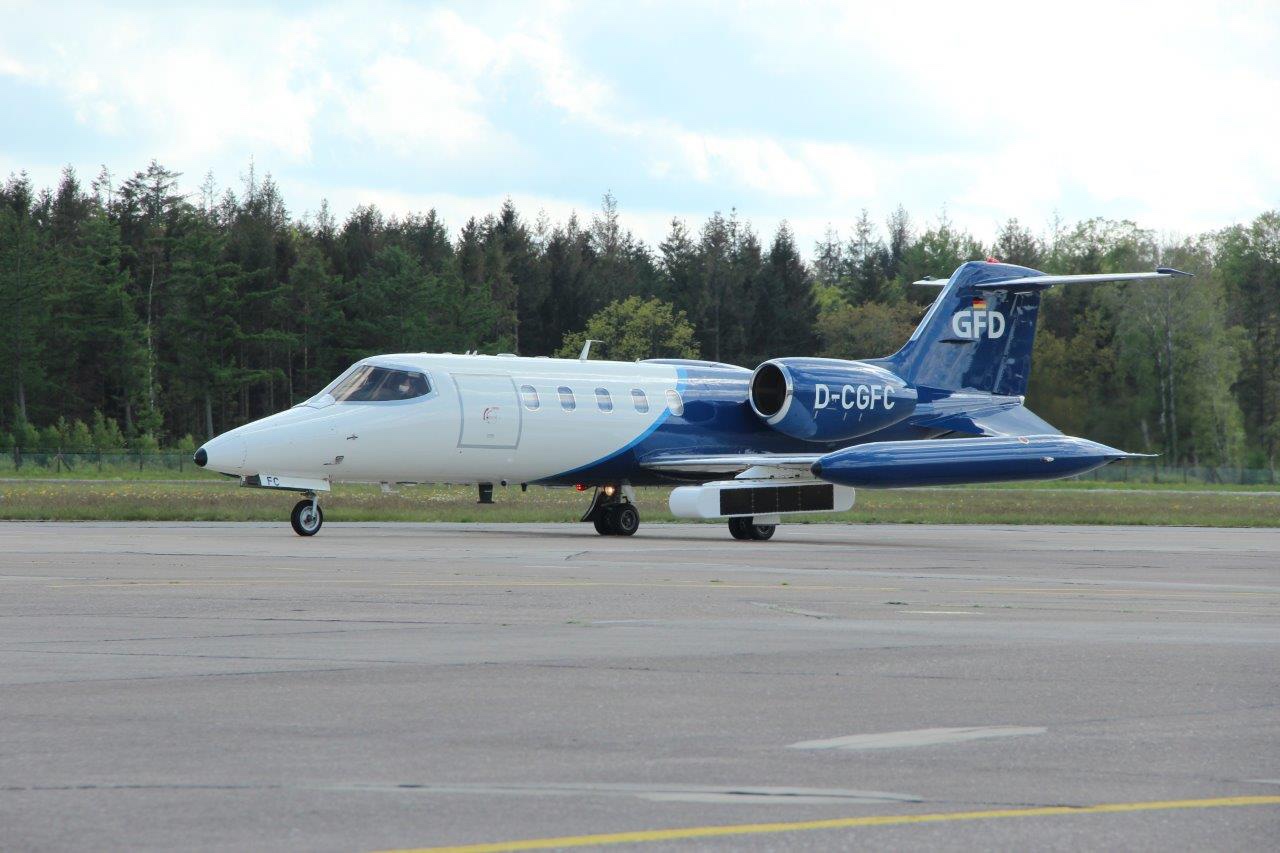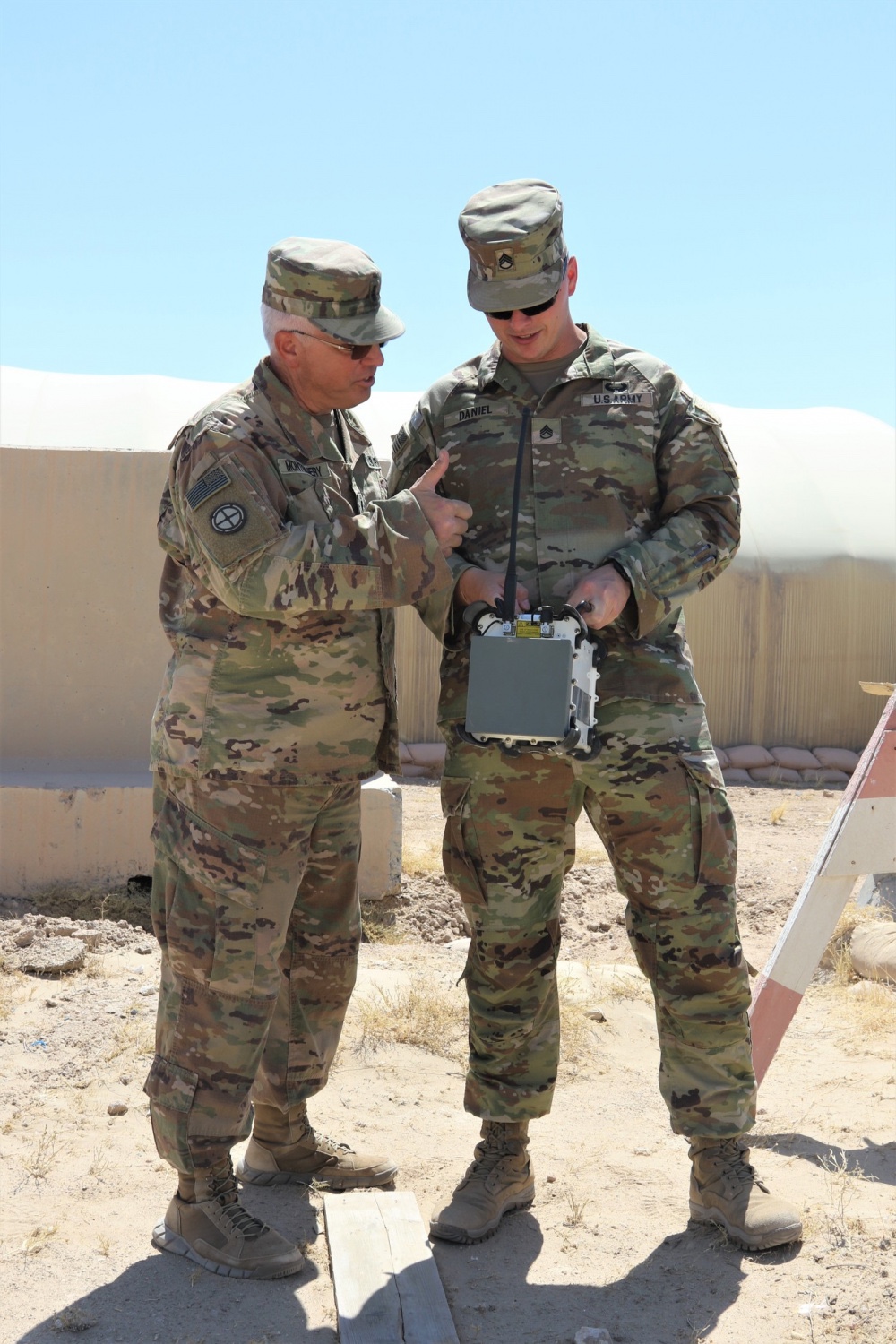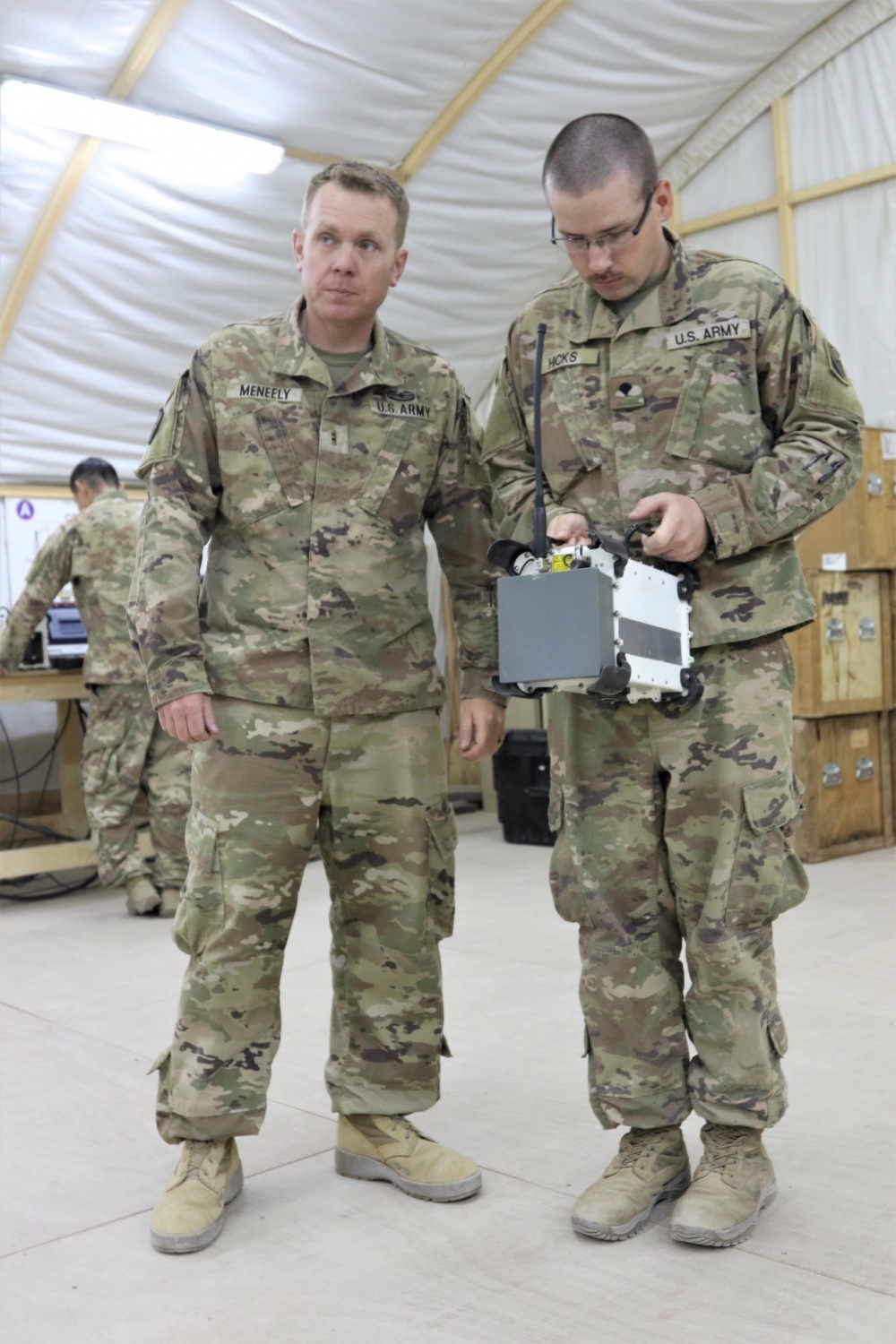ARLINGTON, Va. (AFNS) —
Headquarters Air Force staff officially transferred the Electromagnetic Spectrum (EMS) Superiority Directorate from strategy, integration and requirements directorate to the intelligence, surveillance, reconnaissance and cyber effects operations directorate Oct. 1.
In conjunction with the directorate move, the EMS Superiority Directorate also absorbed the Air Force Spectrum Management Office (AFSMO) as its fourth division. This move consolidates Electromagnetic Spectrum Operation functions under a single staff – focused on Information Warfare integration efforts across the conflict continuum and is the latest milestone within the Air Force – streamlining oversight, policy and guidance to foster greater collaboration of efforts across various competitive and increasingly dynamic domains.
“It is vital that we leverage, defend and compete across the entire electromagnetic spectrum in order to deliver effects in and through the information environment now and into the future,” said Lt. Gen. Mary O’Brien, deputy chief of staff for ISR and cyber effects operations (A2/6).
Since its inception in 2019, current EMS Superiority Director, Brig. Gen. Tad Clark and his team have been working to ensure the Department of the Air Force is able to “maintain the advantage in the electromagnetic spectrum to stay one step ahead of the strategic competition and maintain freedom of action.”
Air Force Chief of Staff Gen. CQ Brown, Jr. highlighted their work during the Fall 2021 Air Force Association Air, Space and Cyber Conference stating, “I am glad to see the directorate developing the next generation of Airmen and making the changes needed to ensure dominance.”
The Department of Defense published an Electromagnetic Spectrum Strategy (EMSS) in 2020 providing direction and highlighting the importance of EMS superiority in future warfare. Subsequently, the Air Force published its own Electromagnetic Spectrum Superiority Strategy in Apr. 2021.
Following the establishment of the EMSS and the development of the electromagnetic spectrum implementation strategy, Air Combat Command stood up the 350th Spectrum Warfare Wing in June of 2021 to implement EMS capabilities across the operations and test and evaluation communities.
“If we lose the fight in the EMS, we will lose the fights in all other domains,” said Col. William Young, 350th Spectrum Warfare Wing Commander. “We’re here to help make sure that doesn’t happen.”
Young added, “Standing up this unit emphasizes the Air Force’s commitment to consolidating and modernizing our entire enterprise so that joint warfighters have the freedom to attack, maneuver and protect themselves at the time, place and parameters of their choosing.”
According to General Clark, “Superiority in the electromagnetic spectrum is a precursor to all operations in all domains. I’m excited to see our Air Force better prioritize the EMS to ensure our warfighters have the tools and capabilities needed to win!”
Secretary of the Air Force Public Affairs


